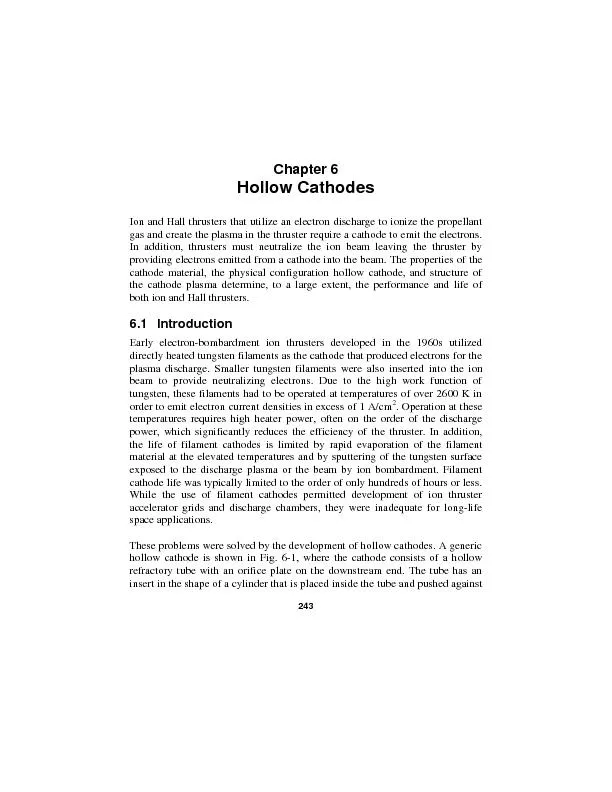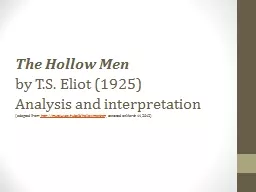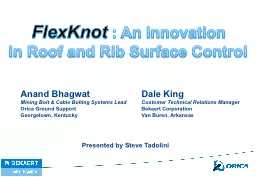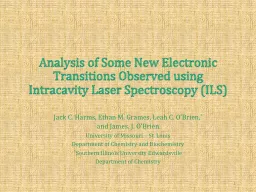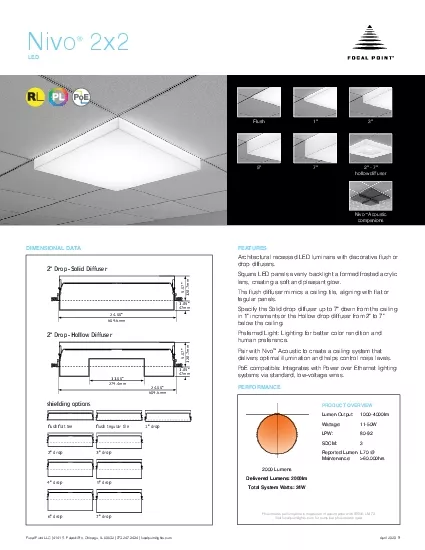PDF-Hollow Cathodes 9. A Hall thruster hollow cathode has a cathode orific
Author : jane-oiler | Published Date : 2016-05-19
Chapter 6 d Assume that the plasma density falls exponentially from the orifice entrance to in 1 cm What is the total electron current that can be emitted into the
Presentation Embed Code
Download Presentation
Download Presentation The PPT/PDF document "Hollow Cathodes 9. A Hall thruster hollo..." is the property of its rightful owner. Permission is granted to download and print the materials on this website for personal, non-commercial use only, and to display it on your personal computer provided you do not modify the materials and that you retain all copyright notices contained in the materials. By downloading content from our website, you accept the terms of this agreement.
Hollow Cathodes 9. A Hall thruster hollow cathode has a cathode orific: Transcript
Download Rules Of Document
"Hollow Cathodes 9. A Hall thruster hollow cathode has a cathode orific"The content belongs to its owner. You may download and print it for personal use, without modification, and keep all copyright notices. By downloading, you agree to these terms.
Related Documents

